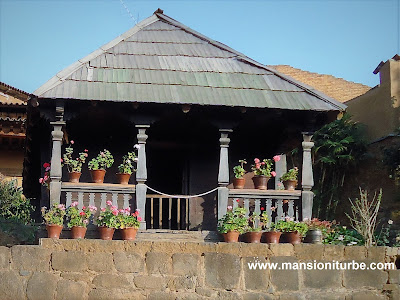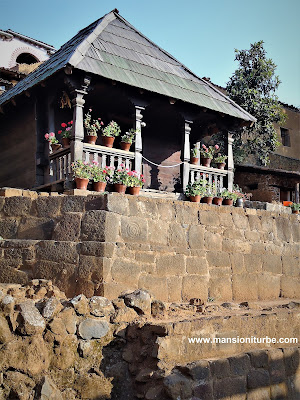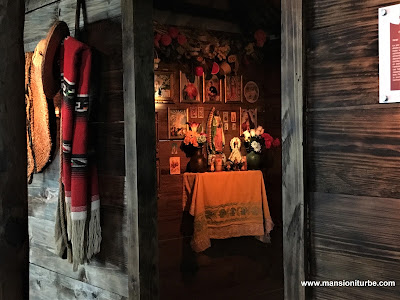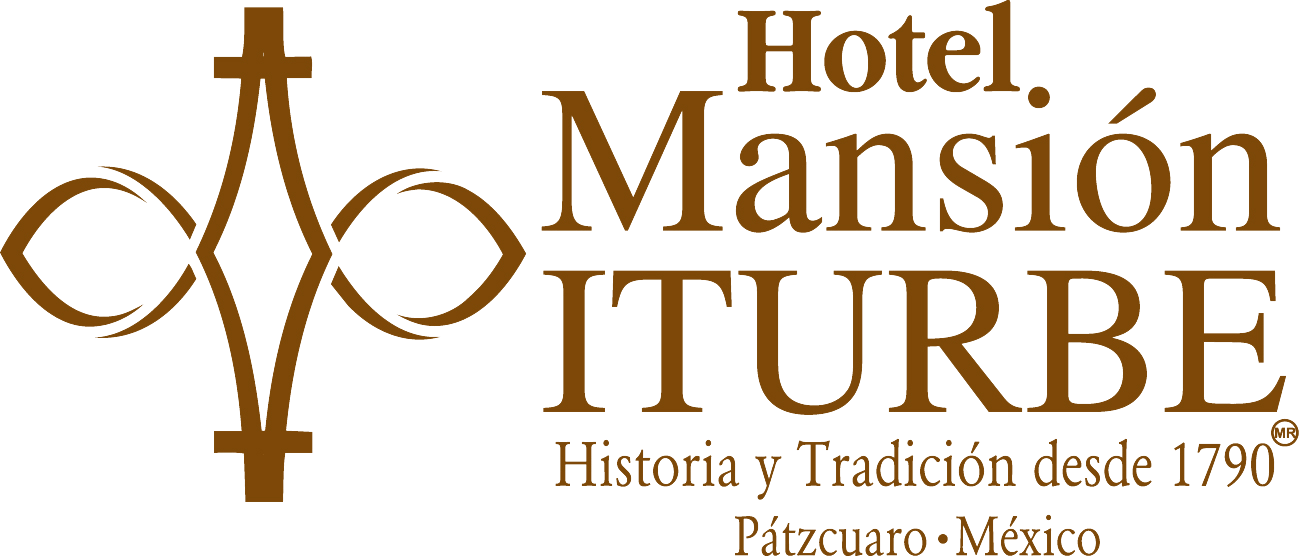Trojes of Michoacan
Trojes of Michoacán – the icon of Michoacán traditional architecture – are a sample of the living culture of Michoacán and a benchmark of
the Purépecha culture. They
are the traditional dwellings of the Purépecha indigenous. They are
found principally in the Purépecha plateau communities.
 |
| Troje of Michoacán: Michoacán Traditional Architecture |
Our guests at Hotel Mansión Iturbe appreciate the landscapes and architecture when they visit places close to Pátzcuaro. Trojes leap into sight when we visit the wooded areas as we approach the Purépecha plateau.
If
you visit the Paricutín volcano,
you'll spot beautiful Michoacán
trojes along the way. Some of them are more than 200 years old. They
share architectural techniques that have survived through the years.
In
communities such as Angahuan, Paracho, Sevina, Pichátaro, or Zacán, you can
also find these beautiful buildings, many of them with beautiful hand carved
wood columns.
 |
| Trojes of Michocán in Ihuatzio |
Trojes in Michoacán continue with traditional architecture
using local materials. They are built with the most rudimentary materials,
tools, and procedures. Pine and oak are typically the preferred wood
used in the construction.
The
troje is easily identified: As mentioned above, it is a wooden
construction with a pyramid-shaped shingle roof. It is typically raised off the
ground. Its dimensions depend on the place and the trees that are
used. Another peculiarity of the trojes is that they do not use
nails; rather, wooden blocks are used to join the wooden planks.
Another
characteristic is that they can be disassembled, moved to different places, and
reassembled. In Pátzcuaro, you can
see examples of the troje at the Folk Art Museum, the Casa de los Once Patios
(both downtown), and the new Museum of the Route of Don Vasco (near the railroad tracks across the street from Don
Chucho).
 |
| Troje of Michoacan at the Folk Art Museum in Patzcuaro |
The
functional structure of the troje reflects the lifestyle of the inhabitants of
the communities Purépechas, consists of three areas:
·
The
covered façade is a space with two primary functions. a place to
hang plants and herbs to dry or cure in the air, and a place to receive guests.
·
The
quarters are obviously the private space for the family; there typically are no
interior walls, and the surrounding walls have religious images and family
portraits, creating a small family altar. People sleep on straw
mats.
 |
| Troje of Michoacan: an example of the quarters at the Museum of the Don Vasco's Route in Patzcuaro |
·
The
loft is the warehouse, where harvested corn and other basic grains are stored.
On
your next visit to Pátzcuaro, we
encourage you to take a tour of Don Vasco's Route, where you will find places that still retain this type of
construction.
 |
| Troje of Michoacan at the Museum of Don Vasco Route in Patzcuaro |
*Text and pictures property of Hotel Mansión Iturbe.
We invite you to check more post in our blog, you will find information about Pátzcuaro and its surroundings, that we hope will be helpful for your next trip to our colonial town in Mexico.
Here are some post that we suggest you:
Hotel Mansion Iturbe
Portal Morelos 59
Plaza Vasco de Quiroga
61600 Patzcuaro, Michoacan
México
For more information about our Hotel in Patzcuaro
Reservations online at Hotel Mansion Iturbe
Tels: +52 (434) 342 0368 / 342 3628
Fax: +52 (434) 342 3627
Toll Free fax number from USA & CANADA: 1 866 678 6102
Portal Morelos 59
Plaza Vasco de Quiroga
61600 Patzcuaro, Michoacan
México
For more information about our Hotel in Patzcuaro
Reservations online at Hotel Mansion Iturbe
Tels: +52 (434) 342 0368 / 342 3628
Fax: +52 (434) 342 3627
Toll Free fax number from USA & CANADA: 1 866 678 6102
GDS CODES:
Amadeus: ON MLMMAN
Sabre: ON 16297









Comentarios